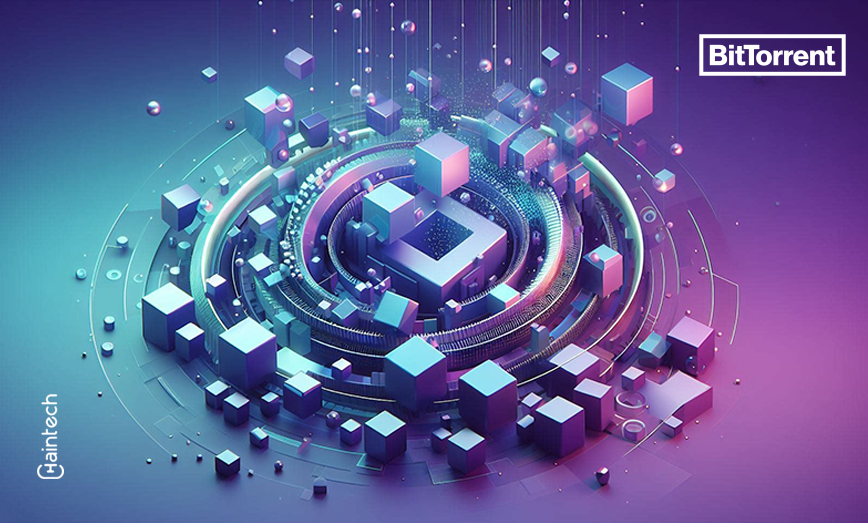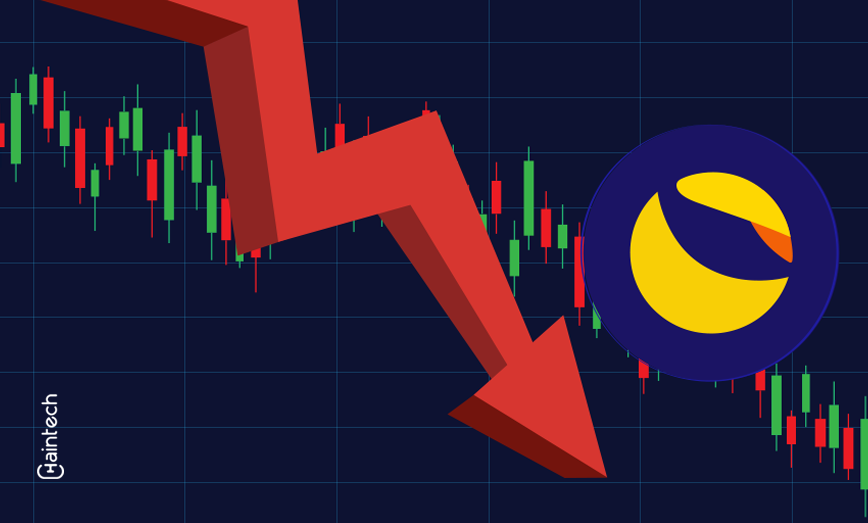What is BitTorrent (BTTC) chain: A beginner’s guide

Introduction
One of the largest peer-to-peer data-sharing networks is BitTorrent Chain. Despite its success, BitTorrent Chain couldn’t monetize its software’s speed and usefulness. The early 2000s BitTorrent Chain was acquired by the TRON Foundation and its CEO and founder, Justin Sun, who also founded TRON.
After TRON Foundation took over BitTorrent Chain, the business model stayed the same: a network of users’ processing resources forms a large file and data sharing network instead of a single server. The BitTorrent Chain Token and blockchain technology were introduced by TRON Foundation.
Curious about the BitTorrent Chain (BTTC) but not sure where to start? No worries. This guide will teach you everything about the project and prepare you to stay updated in the most user-friendly way.
What is BTTC?
Bram Cohen and David Harrison created BitTorrent Chain (BTTC) in 2001 as a peer-to-peer file-sharing infrastructure. In 2018, Justin Sun’s TRON Foundation acquired BitTorrent Chain and integrated it into its ecosystem with TRON network and TRX cryptocurrency.
Since then, BitTorrent Chain has become a TRON blockchain scaling and interoperability protocol. BTTC tokens are the ecosystem’s main payment option. In 2019, 6% of the token supply was sold for almost $7 million in an initial coin offering.
BTTC, launched in December 2021, allows cross-chain asset transactions between Ethereum Virtual Machine blockchains like BNB Smart Chain and Ethereum via the BTCC Bridge. Token mapping helps identify and recognise digital assets, and this bridge supports over 100 popular tokens.
The network uses with independent validators staking BTT tokens to build blocks and validate transactions. BTTC’s fees average less than $0.01 per transaction, lowering transaction costs.
BTTC validators submit checkpoints to BNB Smart Chain, Ethereum, and Tron to gain rewards and facilitate cross-chain communication. BTT tokens are awarded for voting on network governance issues.
Sidechain-supported smart contract extensions allow developers to smoothly switch to BTTC and construct decentralised applications (DApps), boosting its utility and capabilities.
What is BTT?
Peer-to-peer content distribution pioneer BitTorrent changed how enormous files are exchanged online. Bram Cohen and David Harrison founded BitTorrent in 2001 to solve the problem of slow internet downloads for huge files. BitTorrent uses a distributed transfer mechanism, where users share files instead of depending on a server.
HTTP servers stream files as fast as the network allows. BitTorrent divides data into smaller chunks and requests them from numerous peers, speeding up downloads. Many consumers choose BitTorrent since it’s roughly four times faster than FTP.
BitTorrent once dominated internet traffic, but as speeds increased, its popularity declined. The Tron Foundation bought BitTorrent in 2019 and launched the BitTorrent Token (BTT) cryptocurrency in an ICO. BTT promoted protocol extensions and network user incentives.
BTT has been distributed to the BitTorrent and Tron Foundations, partners, airdrops, and the BitTorrent ecosystem since its creation. This article discusses BitTorrent, BTT, and how to get and earn BTT tokens.
How Does BitTorrent Chain Work?
In essence, BitTorrent Chain is a piece of software that links people worldwide into a single system for the sharing of files, data, and bandwidth. Peers and seeders are the two participant classes that operate the software. Those who have previously downloaded the material and are able to distribute it to peers on the network are referred to as seeders. As the file is being downloaded in partitions from various seeders, peers download files from multiple seeders. This peer-to-peer mechanism increases the download speed.
Additionally, network users can pay using BTTC tokens, which are given to other peers in the network who are willing to share their extra bandwidth, for bandwidth and better download rates. In exchange for BTTC, providers share their bandwidth with requesters, who are network users who purchase more bandwidth. By doing this, users can experience faster download speeds and congestion-free file sharing and downloading.
Requesters can also ask for additional data and file storage, and the network makes sure that big data is effectively divided across several providers in partitions. Despite not being built on a blockchain, the project is decentralised in nature.
Features of BitTorrent (BTTC)
BitTorrent Speed
In the past, once a download was complete, a torrent downloader would not receive compensation for seeding files for additional downloaders. In order to reward seeders with BTT tokens for seeding torrents, BitTorrent introduced BitTorrent Speed. BitTorrent Speed users can also purchase BTT to speed up their downloads. In addition, users can store BTT and other cryptocurrencies in a BitTorrent Speed Wallet. Additionally, BitTorrent Speed enables BitTorrent Web, Torrent Classic (a desktop client), and Torrent Web.
DLive Protocol
A decentralised live-streaming platform called DLive Protocol links content creators and viewers. In addition to the free streaming, viewers of the streams can gain BTT tokens by staking them, which can then be used to gain additional tokens. Streamers have the opportunity to receive tips from their fans during the livestream. To begin streaming, users only need to set up their client; they do not require any passwords or accounts. It is not necessary for servers or data warehouses to be connected to the network.
BitTorrent File System (BTFS)
In the decentralised file storage network known as BTFS, hosts offer storage in exchange for BTT incentives, while renters pay BTT to use that storage. Furthermore, anybody can access stored files on the BTFS network by utilising the BTFS Gateway.
Conclusion
Having been around for a few decades, BitTorrent is one of the largest decentralised networks for sharing and storing audiovisual content worldwide. It has been constantly evolving, and with TRON’s acquisition, it is getting ready for new features.
In order to assist developers in creating creative and distinctive DApps with file storage and sharing capabilities, the BTTC network hopes to incorporate DApp functionalities in the future. Despite the fact that the token price has fallen precipitously since the start of November, it is anticipated to increase once the crypto winter ends. In addition, numerous tokens have seen a decline due to the FTX meltdown. Years of tremendous popularity have been experienced by BitTorrent; hopefully, the BTTC project will continue its history in Web3.









